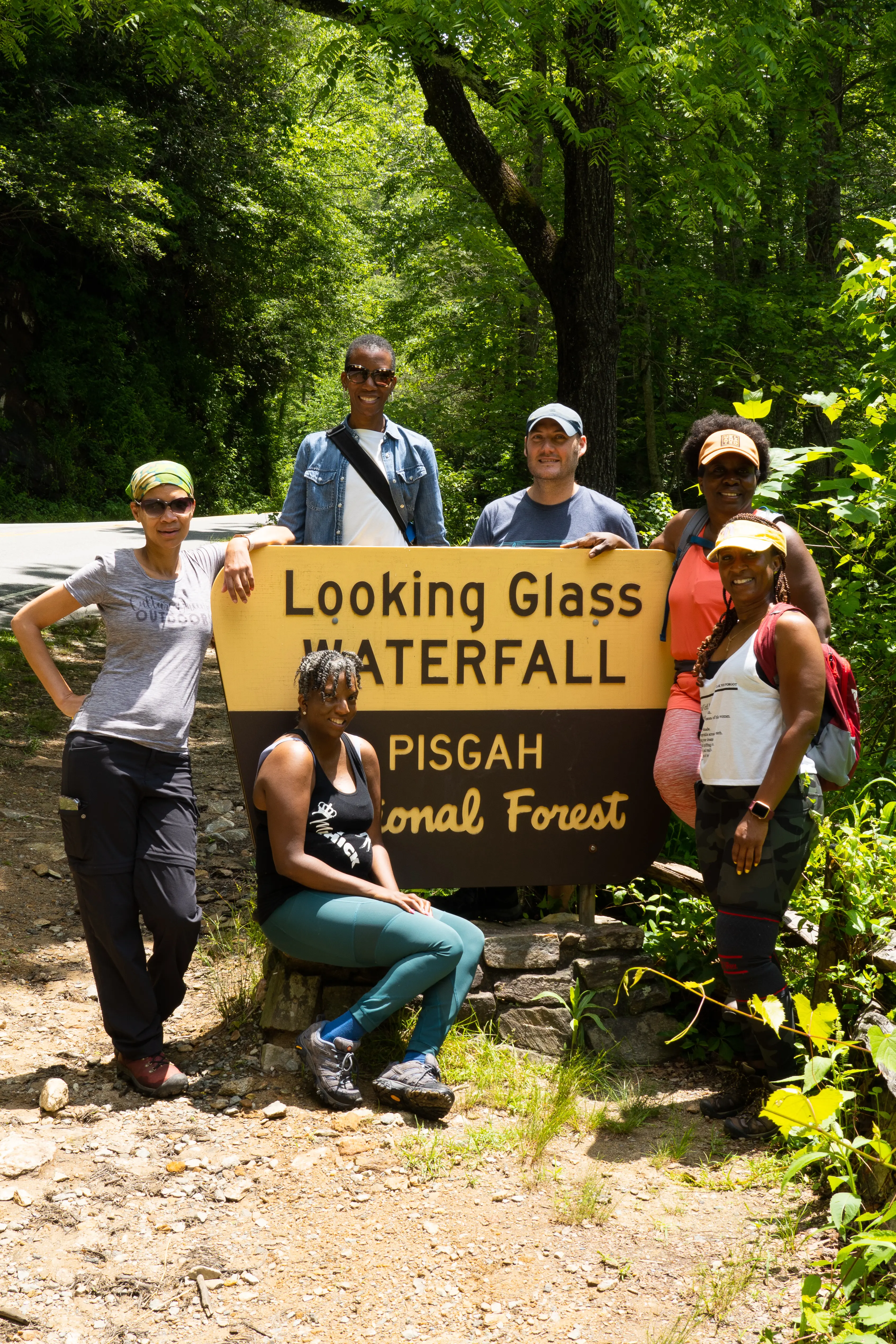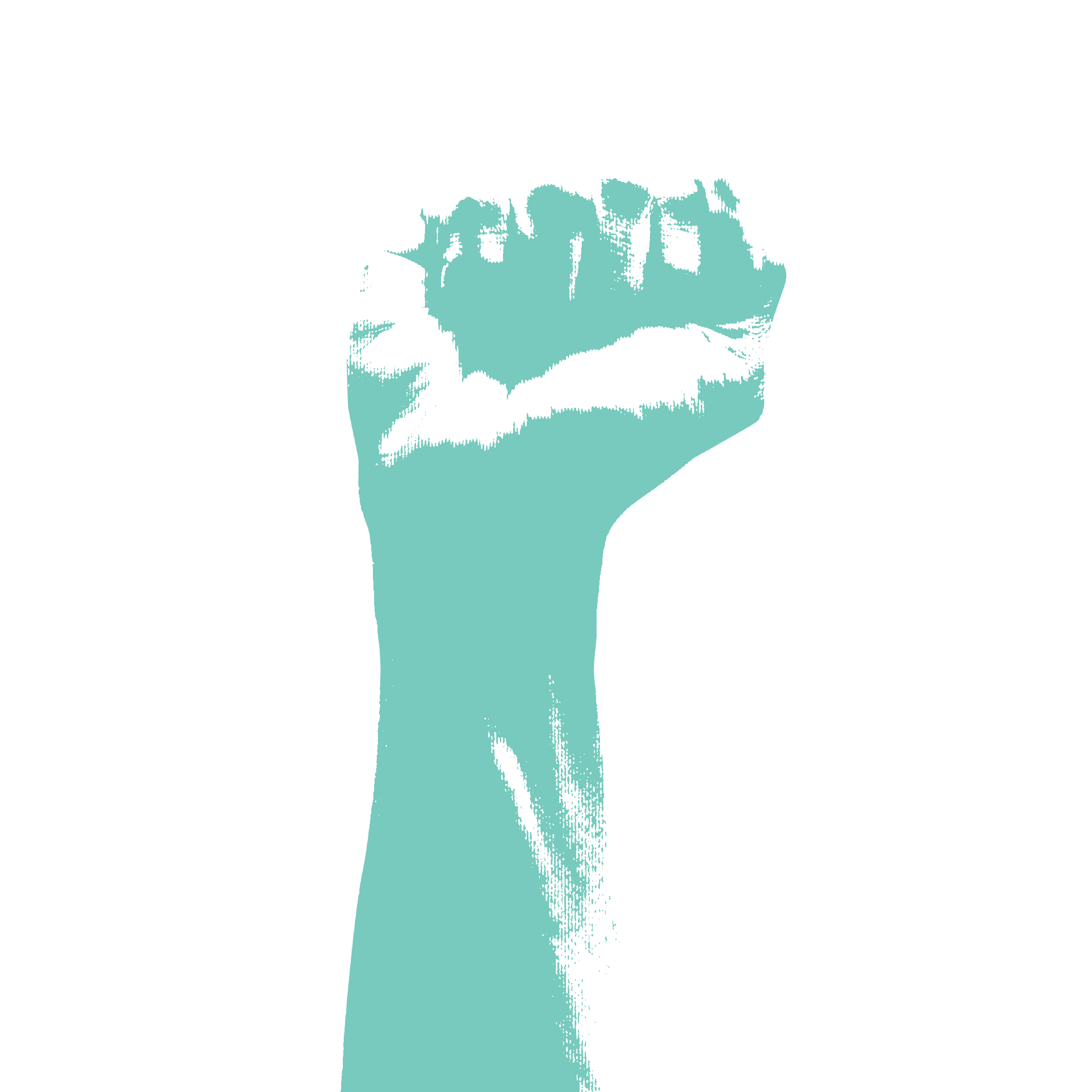Jennifer Michelle never had allergies growing up, but she does now.
One day after spending time outdoors, the Charlotte entrepreneur found black mucus on a tissue when she blew her nose. She has year-round allergies that are aggravated when walking around the city.
“It was from being outside all day all the pollutants that was in the air,” said Michelle, founder of Culture Queens and Culture Queens Outdoors. “And it's crazy. If you spend like an hour or two outside and then you come in the house and you blow your nose you try to clean your nose you'll see like, ‘Oh, where did this come from? How did I breathe this in?’ Charlotte has to do better.”

As a nonprofit journalism organization, we depend on your support to fund critical stories in local U.S. newsrooms. Donate any amount today to become a Pulitzer Center Champion and receive exclusive benefits!
Mecklenburg County has high levels of ozone pollution, with the county receiving an “F” on the State of Air Report this year by the American Lung Association (ALA). The County Health Department wrote in an email to The Post that air quality was good and meets the necessary standards.
“Mecklenburg County’s air quality continues to meet all health-based standards, including those set for ozone and particle pollution (particulate matter),” wrote a representative in the Air Quality Program in an email. “In 2021, Mecklenburg County’s ozone compliance value was 66 parts per billion, which is better than the 70 parts per billion health-based standard.”
The county claims “the number of good quality days have increased since 2006” but last year the ALA said ozone pollution worsened in Charlotte and the city has the worst ozone pollution in the Southeast.
“The levels of ozone seen in Charlotte can harm the health of all of our residents, but place our children, older adults, and people living with lung disease particularly at risk,” said Christine Hart, manager of the Healthy Air Campaign at the Lung Association in a statement.

There are 612,395 people of color living in the county with 122,098 living in poverty, making them most at-risk of exposure for air pollution. People of color are most at risk and more likely to suffer harmful health effects than white people.
Environmental factors can increase the risk of health issues in Black people.
After going to see an ear, nose and throat doctor, Michelle was diagnosed with allergies.
“I can be outside for probably 60 seconds, and I take a deep breath or I'm walking or doing my thing and I immediately start feeling it in my chest. I start feeling it in my throat,” she said. “It feels like it's actually an allergic reaction. It feels like somebody's squeezing my throat, so I have to hurry up and run into the house.”
When she goes hiking up in the mountains away from Charlotte, Michelle said her allergies “magically” disappear.
“I don't sneeze,” she said. “I'm not coughing, my eyes aren't watering, [and] my nose doesn't feel funky. I feel refreshed.”
Air pollution can drastically affect a person’s health causing cardiopulmonary diseases like heart disease, COPD, and asthma.
Pollution in general can cause respiratory illnesses such as pneumonia, asthma, coughing, shortness of breath, lung cancer, and worsening chronic obstructive pulmonary disease, or COPD.
Blacks are 40% more likely to develop asthma than whites according to the U.S. Department of Health and Human Services Office of Minority Health.
Black children are more vulnerable to asthma with the death rates eight times the rate of white children with asthma in 2019.
Exposure to air pollution can lead to premature deaths in elderly people aged 65 or older. Older people are more likely to have health problems, and those living already with chronic illnesses to the lungs, heart, and circulatory system may face more health issues if exposed to pollutants.
Pollution is also linked to a rise in infant mortality and causing long term effects in pregnant women, the unborn, and children.
As development continues to wipe out trees for infrastructure, it creates problems in low-income communities, which poses health risks.
Charlotte is a heat island, an urbanized area that generates higher temperatures than outlying areas. With infrastructure booming, buildings and roads are absorbing and re-emitting the sun’s heat causing higher temperatures for longer periods. For people without air conditioning, they are at risk of heat-related issues like heat strokes.
During the pandemic, people of color were more likely to not have access to air conditioning due to job loss, finances, and other factors according to the Kaiser Family Foundation. Because low-income Blacks and Hispanic households are more likely to have utility services disconnected, it increases their risk of heat exhaustion during the warmer months.
When North Carolina was hit by a heat wave from May 1 to June 13, there were 787 emergency department visits with most of the diagnoses for heat exhaustion, according to the North Carolina Heat Report.
“As your temperature continues to rise, and you move kind of into a little more significant hyperthermia, or elevated temperature, your body's going to stop being able to sweat, you're not going to have the adequate supplies of that” said Dr. Bryant Allen, assistant program director for emergency medicine residency at Atrium Health. “If you find yourself sweating, sweating, sweating, and all of a sudden you're not sweating, that's going to be problematic.”
Another way climate change is affecting the health of Black people is the exposure to mold. The East Coast experiences more floods compared to other regions, and rising sea levels overwhelm low-lying areas in coastal regions which makes homes more susceptible to severe flooding and other extreme weather conditions according to the Environmental Protection Agency.
Water damage from storms and natural disasters can cause mold to form on damp surfaces like walls and windows and inhaling it can cause allergic reactions and trigger severe asthma attacks. People who live in homes with mold are more likely to have asthma or suffer from serious respiratory issues.
One solution is to grow more trees, which provide shade in addition to converting carbon dioxide into oxygen.
“I think we need to include trees as part of the infrastructure,” said Patrick George, an arborist and owner of Heartwood Tree Services in Charlotte. “Picture this: you put in a new road. If you put trees on the south side of that road, and as they grow, they will always shade the road because the sun comes up in the east [and] goes down in the west.”
Despite her allergies, Michelle isn’t going to let them stop her from hiking, camping, and canoeing. She typically takes over-the-counter medications to offset symptoms like puffy and watery eyes, sneezing, and congestion.
Wearing a face mask during the pandemic has helped control her allergies and protect her from inhaling harmful pollutants in the air. Because her allergies haven’t improved, Michelle has thought about moving.
“I'm honestly looking to move outside of Charlotte,” she said. “There are so many factors. I love Charlotte, but there are factors that are starting to come into play like my health and allergies because of the air pollution and the air quality here.”






